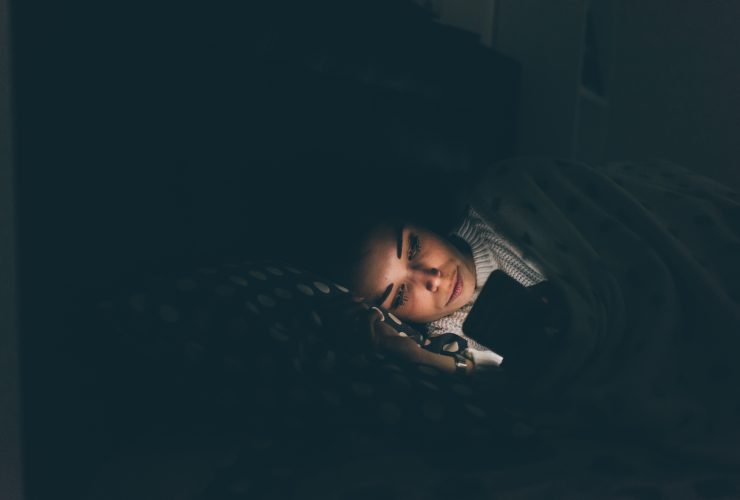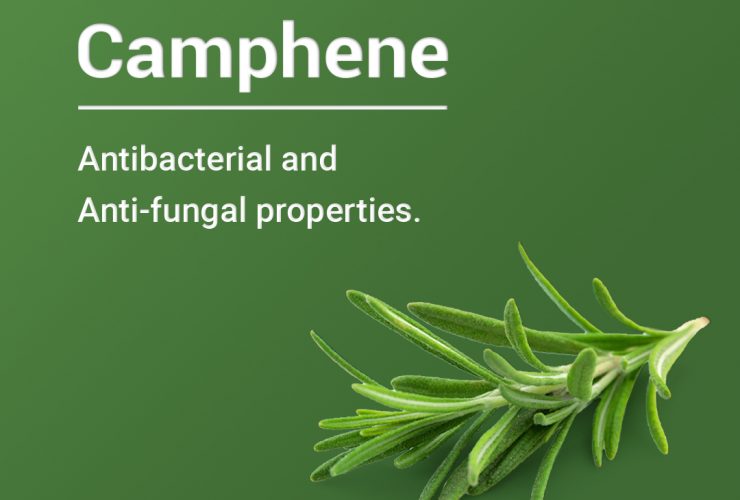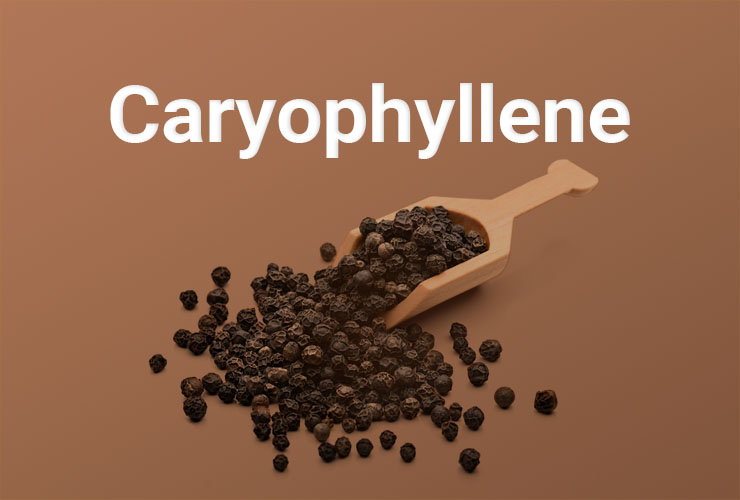Cannabis for Conditions: Insomnia

Written by
Cannabis for Conditions: Insomnia
By: Curt Robbins
Insomnia is a condition estimated to afflict between 10 and 30 percent of people at some time in their lives. About 10 percent of adults experience what is categorized as “chronic and severe” sleep deprivation. It is estimated that between 55-75 million North Americans suffer from some type of sleep-related condition.
Insomnia and related sleep disorders can “Make it hard to fall asleep, hard to stay asleep, or cause you to wake up too early and not be able to get back to sleep,” according to Rochester, Minnesota-based Mayo Clinic.
A variety of causational factors are behind insomnia, including anxiety, chronic pain, and certain pharmaceutical medications (especially when commingled). Lack of routine and travel can also lead to insomnia (humans tend to suffer poor sleep when in new and unfamiliar environments).
Insomnia sufferers are categorized in two camps: Primary and secondary. The Primary variety does not result from another ailment or disease; the secondary type is produced by conditions such as pain, depression, and some medications.
According to the Mayo Clinic, insomnia patients exhibit the following symptoms:
-
Difficulty falling asleep at night
-
Waking during the night
-
Waking too early
-
Feeling not rested after a full night of sleep
-
Daytime tiredness or sleepiness
-
Anxiety, depression, and irritability
-
Difficulty paying attention, focusing on tasks, or remembering
-
Increased errors or accidents
-
Ongoing worries regarding sleep
Different Types
According to Project CBD, more than 70 different sleep disorders exist. The most common sleep-related conditions include insomnia, parasomnias (abnormal movement while sleeping, including sleepwalking and nightmares), sleep apnea (impaired breathing), excessive daytime sleepiness, and even restless leg syndrome.
Cannabis for Insomnia
Cannabis has been employed as a sleep aid for literally thousands of years. It was prescribed by physicians in North America as recently as the early 20th century, prior to the introduction of federal-level prohibition in Canada in 1923 and in the United States in 1937.
In the 19th century, Dr. William O’Shaughnessy recommended to patients and colleagues cannabis for the treatment of insomnia and other sleep disorders. O’Shaughnessy learned about the millennia-old efficacy of cannabis for sleep conditions during his medical studies in India and documented his findings in his 1844 book The Bengal Pharmacopoeia (the section regarding cannabis is 25 pages in length).
According to Project CBD, “Its reintroduction to Western medicine by Sir William B. O’Shaughnessy in 1843 led to studies that underscored the remedial properties of ‘Indian hemp’ for sleep disorders.”
Helpful Molecules + Cultivars
Cannabis that is helpful for sleep disorders is often rich in the cannabinoid CBN and the teprenes linalool and myrcene. If consumed in potent quantities, all three molecules convey sedative properties.
Cultivars (strains) of cannabis known for their ability to help patients get a good night’s sleep include 9 Pound Hammer, Afghan Kush, God’s Gift, Granddaddy Purple, Grape Ape, GSC (formerly Girl Scout Cookies), Harlequin, Hindu Kush, Northern Lights, Tahoe OG Kush, and White Widow.
The efficacy of cannabis or sleep disorders is nuanced due to not only the dozens of types of sleep disorders, but the subjective efficacy of millions of patients. Add to this the thousands of varieties (cultivars) of cannabis and the issue becomes more complex than the simple query “is cannabis good for insomnia?”
Asking the Experts
Elizabeth Frasier is an integrated health and athletic performance consultant based in Maine and owner of The Health Cannabist, a website and social media platform from which she educates followers about how to integrate cannabis into a healthy, active lifestyle.
In an exclusive interview with Strainprint, Frasier shared her insight into the role of sleep in health and wellness and how quality slumber is essential for a strong immune system and nearly all bodily functions.
“Sleep is by far the most powerful recovery tool we have,” Frasier said. In her consulting, writing, and in the role of a trainer, Frasier preaches her belief that sleep is at the core of all other aspects of health and wellness.
“There’s no replacing it or buying it in a bottle. Unfortunately, when sleep is compromised, so is your health,” she said. Frasier explained how lack of or poor sleep begins a cascading domino effect that can manifest as a slew of negative side effects, including lethargy, illness, and even disease (in this respect, serious sleep issues are indirectly life threatening).
“There’s an immediate negative domino effect from poor sleep in terms of either quality or quantity,” said Frasier. “Immune dysfunction and inflammation result from lack of sleep. It also messes with one’s cortisol levels and introduces other negative hormonal issues. Without sleep, your body goes into survival mode. A million essential-to-your-health processes occur during the time that we’re horizontal and in slumber.”
Tom Folan is a San Diego-based radiologist and founder of Solace MD, an online HIPAA-compliant telehealth platform for integrative medicine that focuses on endocannabinoid system wellness.
In an exclusive interview with Strainprint, Folan provided the perspective of a medical professional who is faced with real-world issues regarding patient care.
Curt Robbins: “Is cannabis—or particular components thereof, such as CBD—an effective treatment for insomnia and other sleep-related conditions?”
Dr. Tom Folan: “Cannabis and various cannabinoid elements of the plant can be beneficial for some forms of insomnia and other sleep-related conditions. For example, we know that THC decreases sleep latency, or the amount of time required to get to sleep. CBN, found in aged cannabis, has strong sedating effects. Linalool, which is a terpene, increases the hormone adenosine, which helps one fall asleep.
“There has been some preliminary work looking at the role of THC in Obstructive Sleep Apnea, but as of now the American Sleep Association does not recommend routine cannabis use for this indication.
“We also know that THC decreases the amount of time spent in REM sleep, the part of the sleep cycle where we dream. We can use this knowledge to our advantage in the treatment of conditions such as PTSD [Post Traumatic Stress Disorder]. By minimizing the amount of time the patient spends in the dream stage, we can potentially decrease their chance of experiencing night terrors and nightmares.
“However, we must consider the long-term effects of bypassing REM sleep. There is some evidence to suggest that ongoing chronic consumption of THC-rich cannabis can actually impair sleep quality. CBD may be useful in REM sleep behavior disorder and for combating daytime sleepiness due to its stimulant properties.
“It is obviously a nuanced conversation regarding cannabis and cannabinoids and sleep. More research is needed to fully understand the subtleties of the issue. In all cases, I strongly recommend patients make their decisions in conjunction with a knowledgeable healthcare provider.”
CR: “Can the use of cannabis for sleep disturbances such as insomnia help patients avoid the negative side effects of popular pharmaceutical drugs?”
DTF: “Well, cannabis is a substance which contains many ‘drugs.’ There is this popular assumption that because cannabis is a plant, it is somehow different than those pills you take. All drugs, including cannabis and its constituent cannabinoids and terpenes, deliver side effects.
“In my professional experience, patients enjoy cannabis and cannabinoids and tend to report an improvement in the quality of their sleep. They wake feeling refreshed compared to some of the stronger and more sedating medications currently available to treat insomnia.
“Patients also tend to report that the side effects of cannabis and cannabinoids (mild euphoria, paradoxical mental stimulation, next day grogginess, etc.) can be avoided by properly titrating their dose. We counsel our patients about careful titration, typically via tincture, although some patients prefer inhalational or other consumption avenues. We also stress the importance of keeping THC below 20 percent to avoid hyperstimulation and to minimize dry mouth.”
CR: “What are the optimal consumption avenues for maximum bioavailability of cannabinoids and terpenes for the average patient suffering insomnia? What about a PTSD patient who experiences recurring nightmares?”
DTF: “For the average patient, I think their best consumption avenue is a sublingual tincture. Sublingual (under the tongue) administration allows for the second fastest delivery of THC and CBD to the body, after smoking/vaping. This mechanism also allows for precision control in the amount of medicine delivered and is the most efficient in terms of use of the plant—as well as financially.
“The bioavailability of cannabinoids may be lower with edibles, but the effects last longer. For example, patients with PTSD may find edibles useful due to their sustained effect of minimizing time spent in REM sleep.
“It is important to note that depression and chronic pain, common in those with PTSD, are often contributing factors to poor sleep. Sleep is a highly complex process and one that is essential to healthy functioning.”
The Studies
A variety of studies dating back to 1973 indicate a significant medical value of cannabis and cannabinoids such as CBD and THC for a variety of sleep-related conditions, including insomnia, sleepwalking, and nightmares.
A 2017 study entitled “Cannabis, Cannabinoids, and Sleep: a Review of the Literature” that was published in the journal Current Psychiatry Reports found that both CBD and THC may have therapeutic potential in the treatment of sleep disorders, while also noting potential negative side effects of THC.
Reported the study, “Preliminary research into cannabis and insomnia suggests that cannabidiol (CBD) may have therapeutic potential for the treatment of insomnia. Delta-9 tetrahydrocannabinol (THC) may decrease sleep latency, but could impair sleep quality long-term. CBD may hold promise for REM sleep behavior disorder and excessive daytime sleepiness.”
This study suggested the value of the constituent elements of cannabis, including CBD, in the treatment of conditions such as PTSD that are characterized by the sleep disorder nightmares.
Concluded the study, “Research on cannabis and sleep is in its infancy and has yielded mixed results. Additional controlled and longitudinal research is critical to advance our understanding of clinical implications.”
A 2013 study entitled “Proof of Concept Trial of Dronabinol in Obstructive Sleep Apnea” that was published in the journal Frontiers in Psychiatry found that THC significantly reduced the symptoms of one variety of sleep disorder, Obstructive Sleep Apnea (OSA).
Concluded the study’s researchers, “[Cannabinoid] treatment may be a viable alternative or adjunctive therapy in selected patients with OSA.”
Another 2013 study entitled “Around‐the‐clock Oral THC Effects on Sleep in Male Chronic Daily Cannabis Smokers” that was published in the American Journal on Addictions reported a positive efficacy between THC and sleep disturbances. “Higher evening THC and 11‐OH‐THC concentrations were significantly associated with shorter sleep latency [and] less difficulty falling asleep,” reported the researchers.
A 2011 data analysis study entitled “Cannabis and Insomnia” that was published in O’Shaughnessy’s considered data collected from 147 voluntary medical cannabis patients at clinics in Ventura and San Clemente, California. It was the largest retrospective study conducted of clinical data regarding cannabis for sleep at the time of publication.
“We noted a significant decrease in reported time to sleep after the use of cannabis,” wrote the researchers. “Among those who had reported trouble sleeping, 79% reported increased sleep quality after using cannabis. We saw less consistent responses with respect to dreaming, with 21% reporting a decrease in dreaming, 28% reporting no change, and 44% leaving the question blank.”
The study also noted that THC potency and specific CBD-to-THC ratios could have a significant impact on efficacy. It illustrated the potential role of terpenes, the aromatic molecular cousins of cannabinoids. “It has been suggested that non-cannabinoids such as ‘certain sesquiterpene alcohols, including guaiol and isomers of eudesmol,’ are enhancing the hypnotic effect of cannabis.”
A 2010 study conducted at McGill University in Montreal and entitled “The Effects of Nabilone on Sleep in Fibromyalgia: Results of a Randomized Controlled Trial” that was published in the journal Anesthesia and Analgesia found nabilone, a synthetic cannabinoid, to be an effective sleep aid for fibromyalgia patients.
Concluded the researchers, “Nabilone is effective in improving sleep in patients with fibromyalgia and is well tolerated.”
A 2008 study entitled “Effect of Illicit Recreational Drugs upon Sleep: Cocaine, Ecstasy and Marijuana” that was published in the journal Sleep Medicine Reviews revealed that THC may increase the amount of deep sleep (slow-wave or REM sleep) in some patients.
The study revealed the complex nature of cannabis for sleep disorders, with the researchers reporting, “Smoked marijuana and oral Delta-9 THC reduce REM sleep. Moreover, acute administration of cannabis appears to facilitate falling asleep and to increase Stage 4 sleep.”
A 2007 study entitled “Cannabis, Pain, and Sleep: Lessons from Therapeutic Clinical Trials of Sativex, a Cannabis-based Medicine” conducted by Russo and published in the journal Chemistry & Biodiversity examined the efficacy for sleep of the two major cannabis cannabinoids, CBD and THC.
“Experience to date with Sativex…in 2000 subjects with 1000 patient years of exposure demonstrate marked improvement in subjective sleep parameters in patients with a wide variety of pain conditions, including multiple sclerosis, peripheral neuropathic pain, intractable cancer pain, and rheumatoid arthritis,” reported the study, noting “an acceptable adverse event profile” (minimal negative side effects) from the use of cannabis.
A study conducted in 2002 at the University of Illinois regarding sleep apnea entitled “Functional Role for Cannabinoids in Respiratory Stability During Sleep” that was published in the journal American Academy of Sleep Medicine showed “significant suppression of sleep apnea” in rodent subjects that were administered THC and the endocannabinoid oleamide.
“This study demonstrates potent suppression of sleep-related apnea by both exogenous and endogenous cannabinoids,” reported the researchers.


